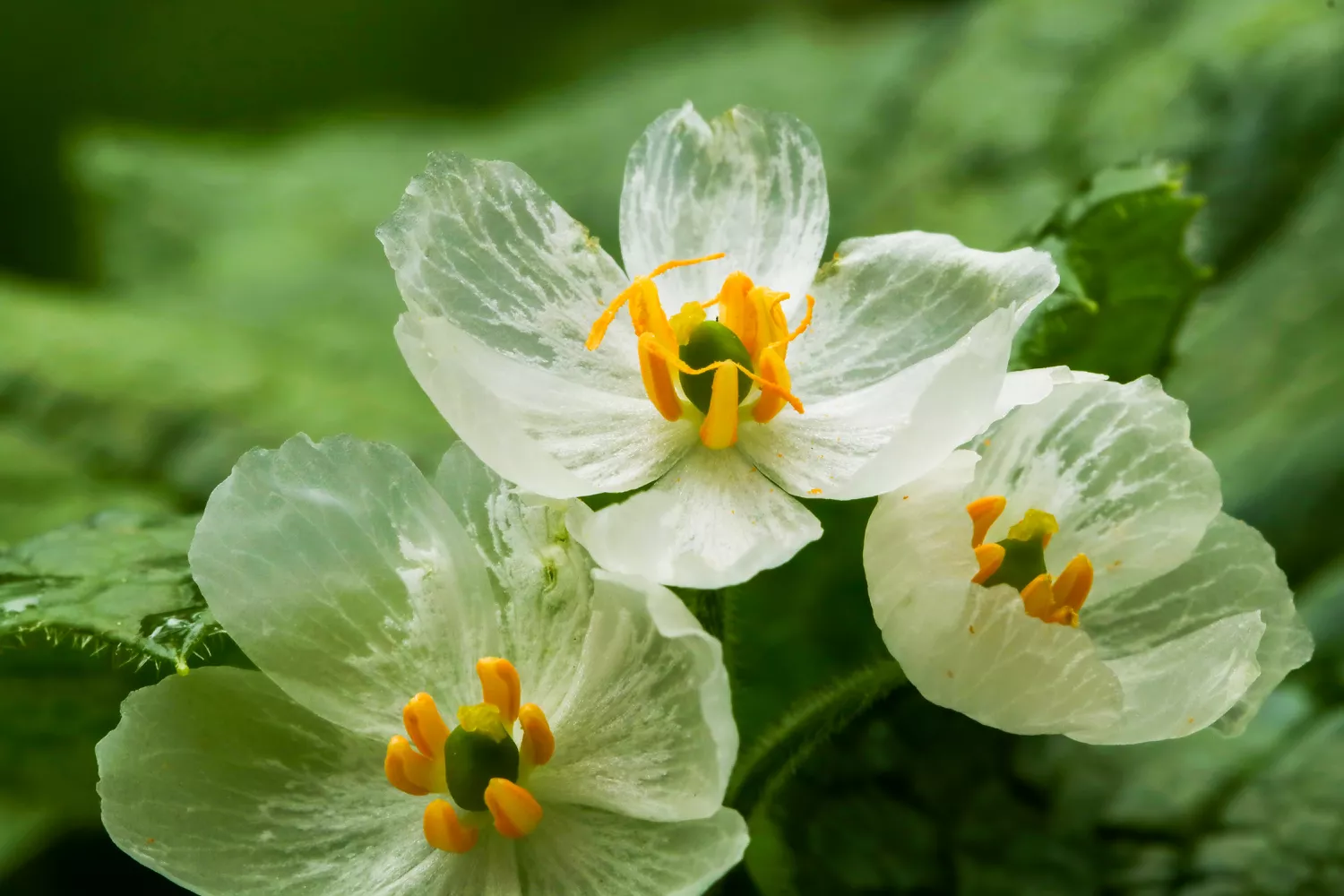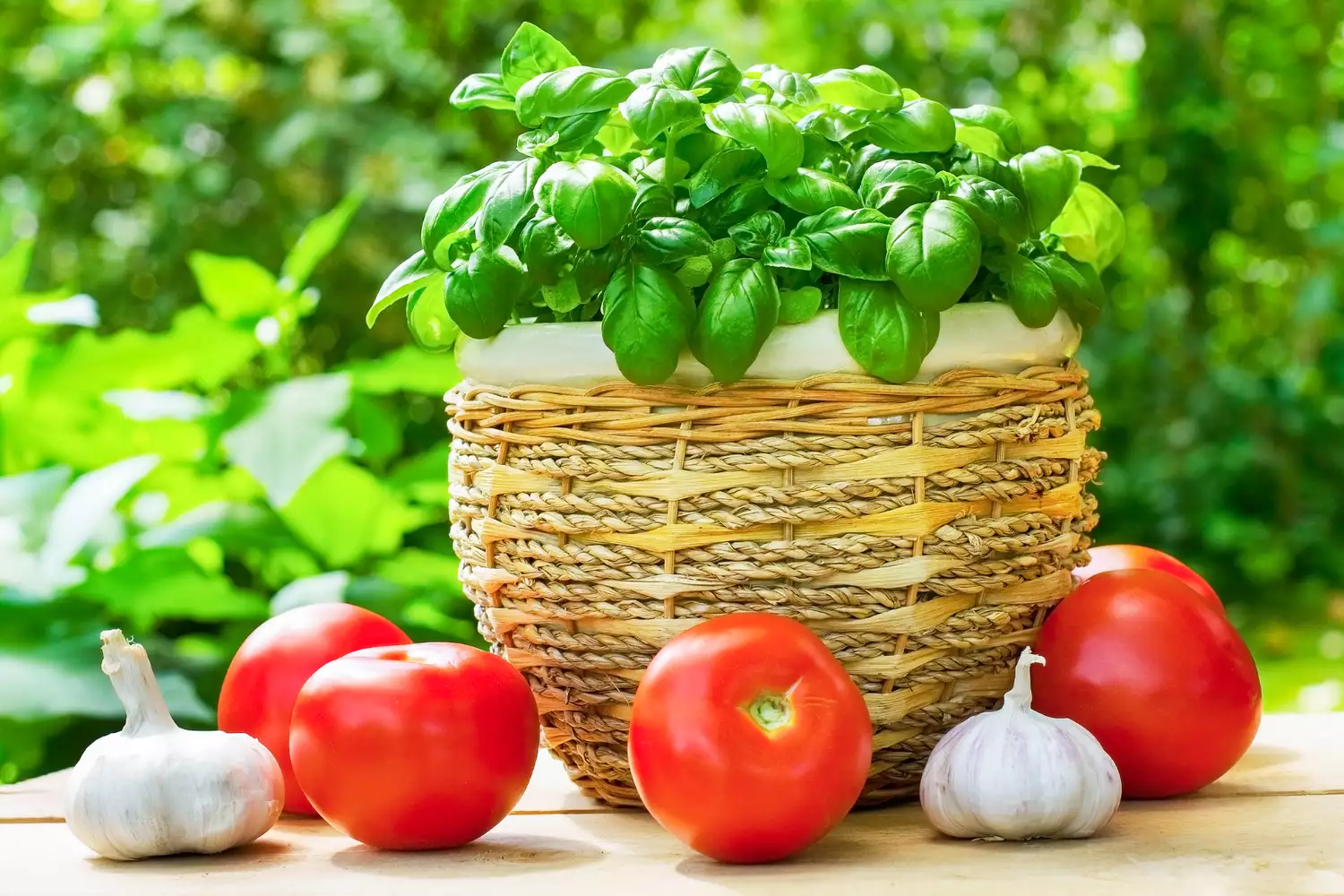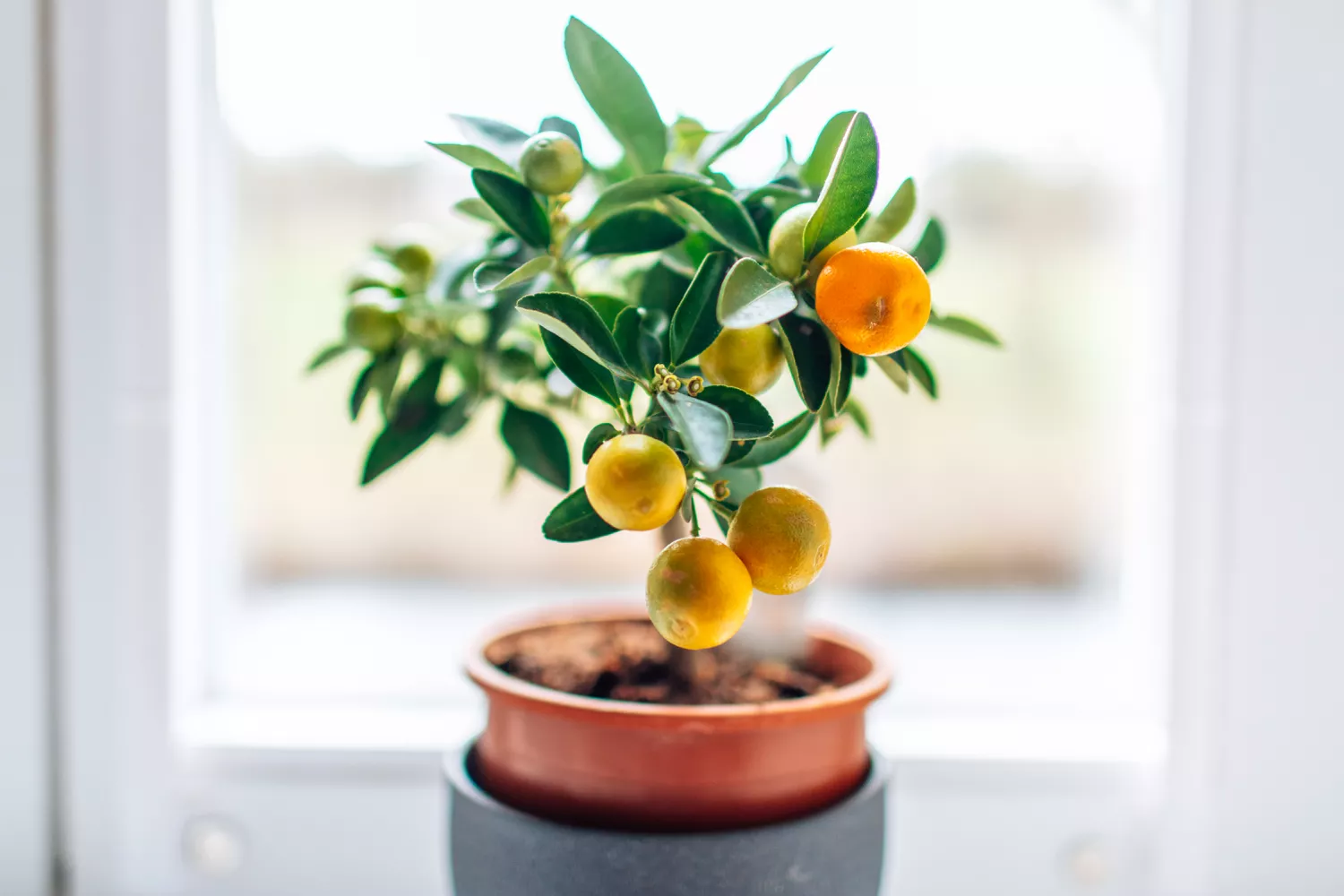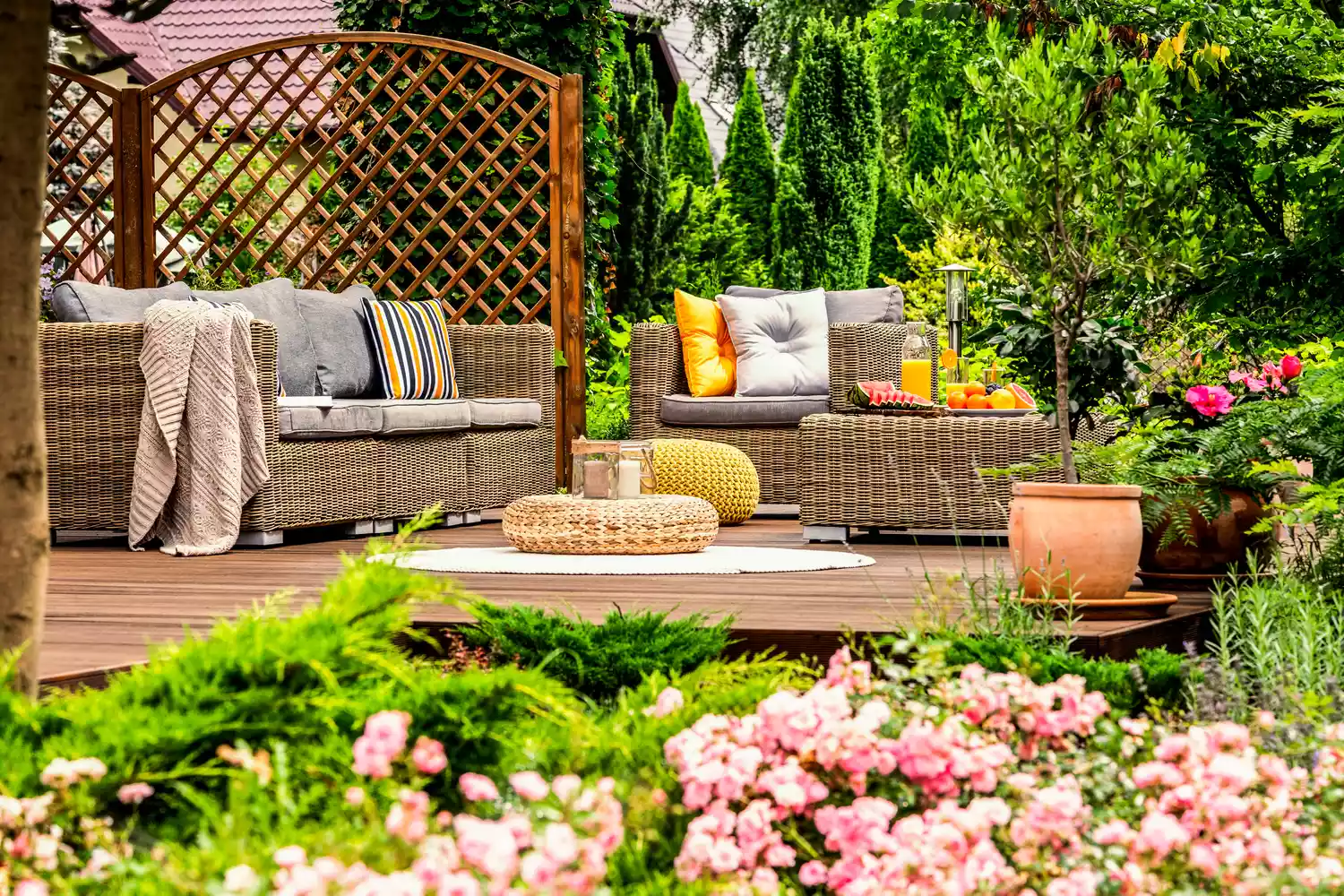
While the name “skeleton flower” may seem like it belongs to a flower developed for an eerie Halloween centerpiece, this unique flower is more ethereal than ghostly. The delicate white petals are known for a really uncommon characteristic: They turn clear when they get damp.
Skeleton flowers aren’t a commonplace sight at most garden centers, and they have definite preferences when it pertains to their growing conditions– but if you reside in the best climate, they are a stunning perennial addition to your garden.
What Are Skeleton Flowers?
Skeleton flowers, or Diphylleia grayi, are slow-growing, deciduous perennials, native to the mountainous regions of Japan. They’re members of the Berberidaceae family, which also consists of the native North American mayapple as well as Diphylleia cymosa, or umbrella leaf, which grows in the Southern Appalachian region. The plant boasts “conspicuously cleft foliage,” says Taylor Johnston of Issima, a specialized nursery in Little Compton, R.I. “White flowers in late spring to early summertime pave the way to blue fruit in late summertime.”
Clear Petals
The plant is best-known for the change it undergoes throughout rain showers: The petals become clear, flaunting the within skeleton of each. “It’s not understood what evolutionary advantage this offers the plant, however it seems the translucence is brought on by cells in the tissue of the petals,” states Johnston.
Where to Grow Skeleton Flowers
To produce their mid-summer blossoms, skeleton flowers need conditions comparable to the mountain areas of their native habitat, says Kyle Wallick, botanist at the United States Botanic Garden; these are normally found in USDA zones 4 to 9. “This is an outside ground-cover type plant for dubious locations,” he states.
Garden vs. Containers
Skeleton flowers, which develop by rhizomes, grow finest in the ground– not in containers– state the specialists, especially considering that they need an inactivity duration during the winter season that’s tough to duplicate indoors. “This is a challenging plant to grow in a pot, specifically since it wouldn’t wish to be drowning in water when it’s dormant in winter season,” states Johnston. “If you had to, you could keep it in an unheated, shaded area and keep up on watering in winter season, not letting the roots dry out– [It’s] absolutely not for inside your home.”
Skeleton Flower Care
When planted in the appropriate area, skeleton flowers don’t need pruning or winterizing, and are not plagued by specific pests or illness. “This is a remarkably hard and easy sufficient seasonal if you have the right site conditions,” states Johnston. “If you follow ‘ideal plant, ideal location’ reasoning, you won’t need to do much of anything, aside from making sure it’s not overrun or getting too little water or raw material every few years.”
Sunlight
To simulate the woodlands where the flower grows, plant it in a spot that’s primarily shaded, states Wallick; the plant needs to be protected from severe, direct sunshine.
Soil
Go with a “abundant, damp loam,” however make certain the soil remains well-drained throughout the year, says Wallick.
Water
Skeleton flowers need to be kept regularly and equally wet, says Wallick; water deeply during droughts to keep hydration levels.
Fertilizer
Skeleton flowers do not need to be fertilized regularly, but the soil in their native habitat is rich with raw material. If yours isn’t, include natural garden compost or fertilizer.
How to Add Skeleton Flowers to Your Garden
It’s best to transplant fully grown skeleton flowers straight in the ground– however ready-to-grow plants can be hard to come by. Here’s what you need to learn about adding this distinct range to your garden, from seed-growing ideas to your purchasing alternatives.
From Seed vs. Mature Plants
Both Wallick and Johnston advise growing skeleton flowers from established plants instead of from seed. “Skeleton flower is finest grown from a developed, rooted plant,” says Johnston.
Where to Find Skeleton Flowers
You’re not likely to find a skeleton flower prepared for transplanting at your corner nursery or local hardware shop’s plant. “This is absolutely not a big-box store plant,” states Johnston. “It’s a chance to have an adventure and find the treasure-box plant purveyors regional to you, or via mail order. There are a progressively little number of little scale, specialized nurseries and each requirements support to continue the work of bringing non-mass-market, unique plants to commerce.”
Johnston’s nursery offers skeleton flowers– with a waitlist– in the early part of the fiscal year, but not every year. She recommends beginning your look for the plant in mid-winter to ensure it arrives by spring. “Start searching in February for plants via mail order, and have them shipped after frost has passed to ensure your plant does not get zapped,” she states.



